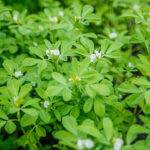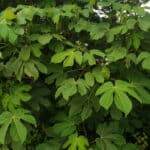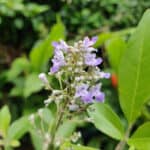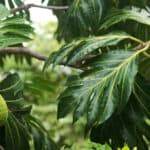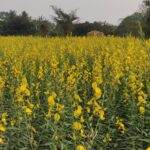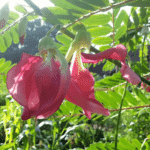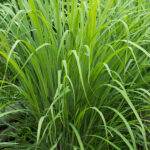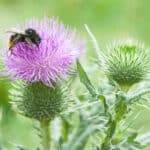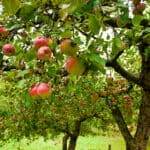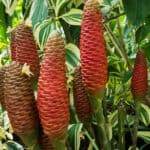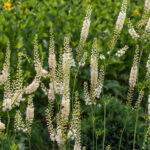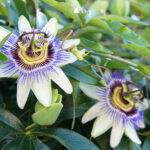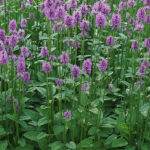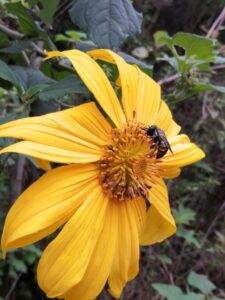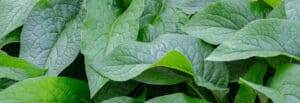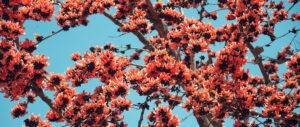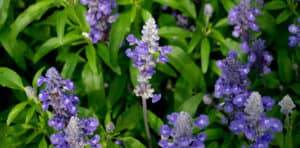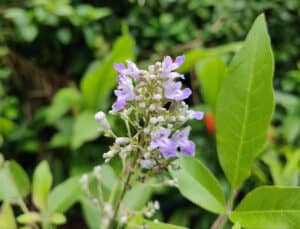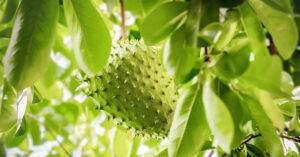Golden Berries are delicious tangy fruits that make a fabulous addition to any garden. You may also know them as Cape Gooseberries, Poha Berry, Inca Berries, Uchuva, or just simply Physalis. The scientific name is Physalis peruviana.
Originating in the Andes, they are in the tomato family and closely related to Tomatillos and the ornamental Chinese Lantern. All of these are in the genus Physalis and are recognized by the papery husk which covers the fruit.
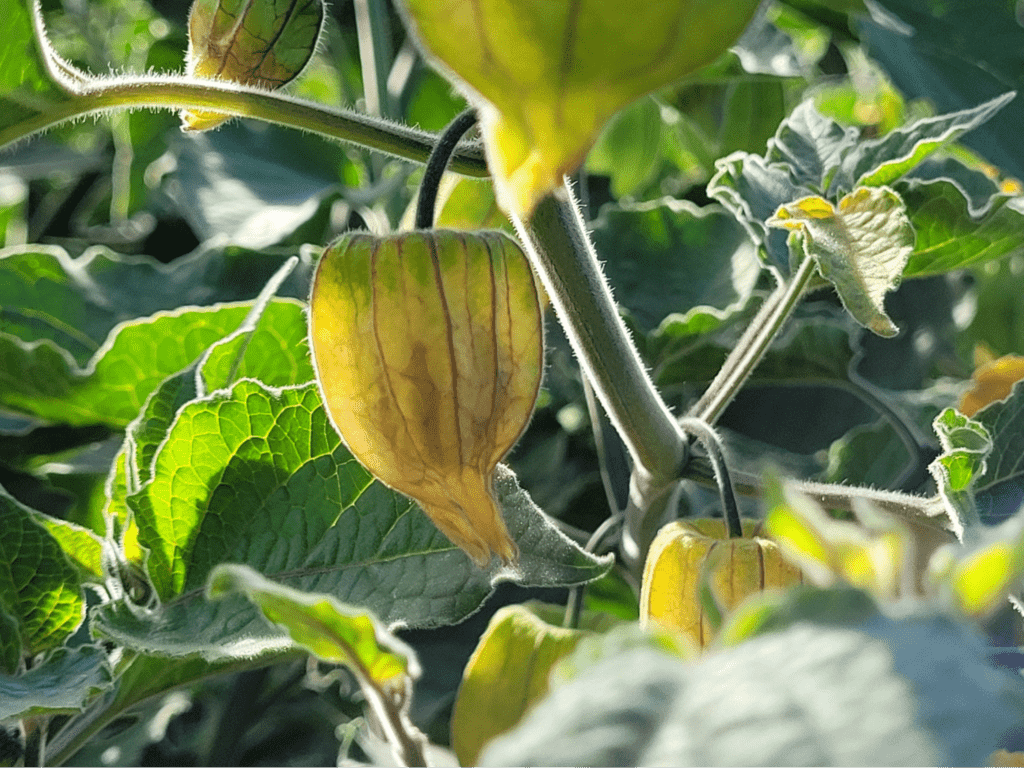
If you haven’t tried them before, imagine a small cherry-like fruit with a tropical tangy twist somewhere between a pineapple and a cherry tomato. They are also considered a “superfood”; jam packed with antioxidants and health benefits. Studies show that golden berry has anti-inflammatory properties and can help in the management of cholesterol and diabetes. There is also evidence suggesting golden berries may also help in the treatment and prevention of cancers.
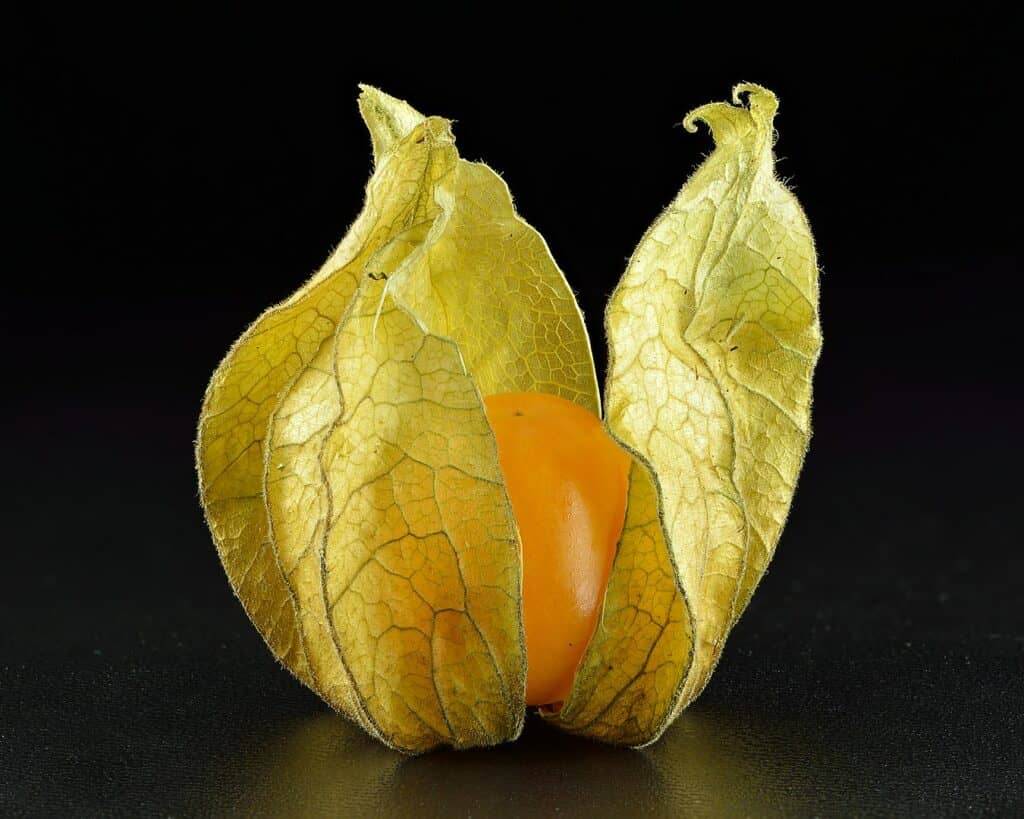
The plant itself is also quite charming. It is hardy, grows well in poor soils, and lives as a short-lived perennial in climates with mild temperatures.
The leaves are thick and succulent, often with purple tones on the veins and stems. The entire plant is tender and covered in a soft fuzz that’s nice to the touch. The flowers are yellow with a touch of purple, not to mention the attractive husked fruit that hangs like ornaments from the stem.
Something about this plant’s silvery sheen really makes it glow, feeling almost alien in nature. It brings the atmosphere of the Andean cloud forest straight into any garden.

In the Andes, they occur naturally between 2000 and 9000 feet in elevation. This is a huge elevation range that shows its tolerance to temperature. This being said, they generally thrive best in climates that never get too hot or too cold. This means climates that tend to have temperatures below 85F and above freezing.
While they won’t tolerate a cold and snowy winter, they are frost tolerant to a certain degree. In high temperatures, they are much more susceptible to pests and diseases that can cut their lives short. I’ve also witnessed plants in hot tropical climates grow perfectly fine, but never set fruit, likely due to ineffective pollination at these temperatures.
Their cultivation is often compared to that of Tomato, but in many cases, Golden Berries tend to be much more resilient and less fussy.
Propagation
Golden Berries can easily be grown from seed and this is the preferred method for propagation. You can order seeds online or simply get them directly from the fruit. To improve the rate of germination, fruits can be slightly fermented for 3 or 4 days in a similar manner to Tomato seeds. The seeds can be removed from the fruit, washed in water, and left to dry in a shady place.
The seeds are small and should be handled with care. Seeds require warm temperatures for germination. If you live in a climate with cold winters you can start them indoors near a window 6 to 8 weeks before the last frost.
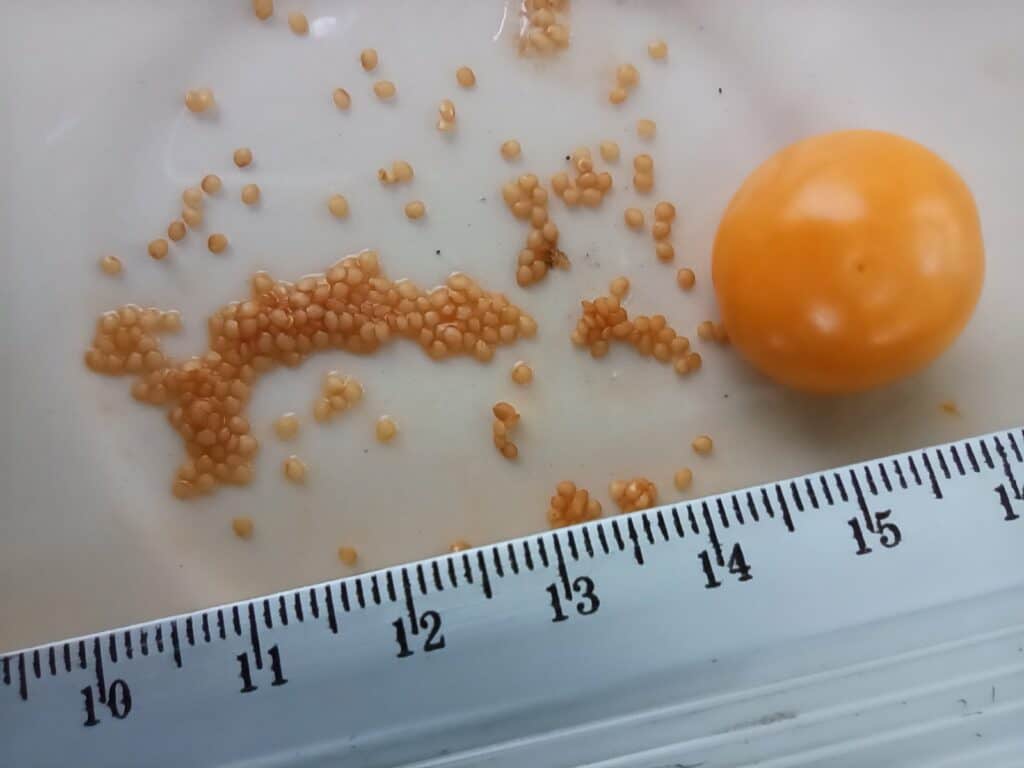
They should be planted about half an inch deep in fertile and well draining soil. Your typical seed-starting mix will work fine for this. You can either plant each seed directly in a starter tray or by planting them about 2” apart in a pot or tray. Keep moist and seeds will usually germinate within 1-2 weeks.
About 10 to 15 days after germination plants can be gently transplanted gently into starter trays, individual pots, or spaced 6 inches apart in a biointensive-style seedling tray. Transplant these as necessary into larger pots until the plants are about 6 inches in height.
Planting
Soils
- Golden Berries should be planted into well draining soil. They do not handle water-logging nor excessively dry conditions. In excessively wet climates you can plant them in mounds to encourage better drainage. Alternatively, in dry climates with well-draining soils Golden Berries can be planted in shallow swales where water accumulates and the soil temperature is cooler.
- Avoid planting in areas that were previously cultivated with Tomatoes, Potatoes, or other members of the Solanaceae family as they can be affected by the same pests.
- Golden Berry does great in areas with poor to infertile soils. While it’s always good to add a couple handfuls of compost when planting, very fertile soils (like those for cultivating tomatoes) will produce large plants with little fruit.
Sunlight and Site Selection
- Golden Berries like full sun or partial shade. Partial shade, particularly during the hottest parts of the day, is preferable in climates with high temperatures. They can do great on the edges of forests, large trees, and even buildings.
- In climates that experience frosts they enjoy protected areas. Near a large thermal mass or on the sides of buildings oriented towards the sun are perfect. Goldenberries also thrive in greenhouses where they can survive as perennials.
- You can also keep Goldenberries in pots and move them as required by the season.
Spacing For Production
If you are planting Golden Berries in rows or planning an area for production you should space plants 6 to 9 feet apart. If they are growing as annuals you can space them on the smaller end of the spectrum as they won’t get too large within one growing season.
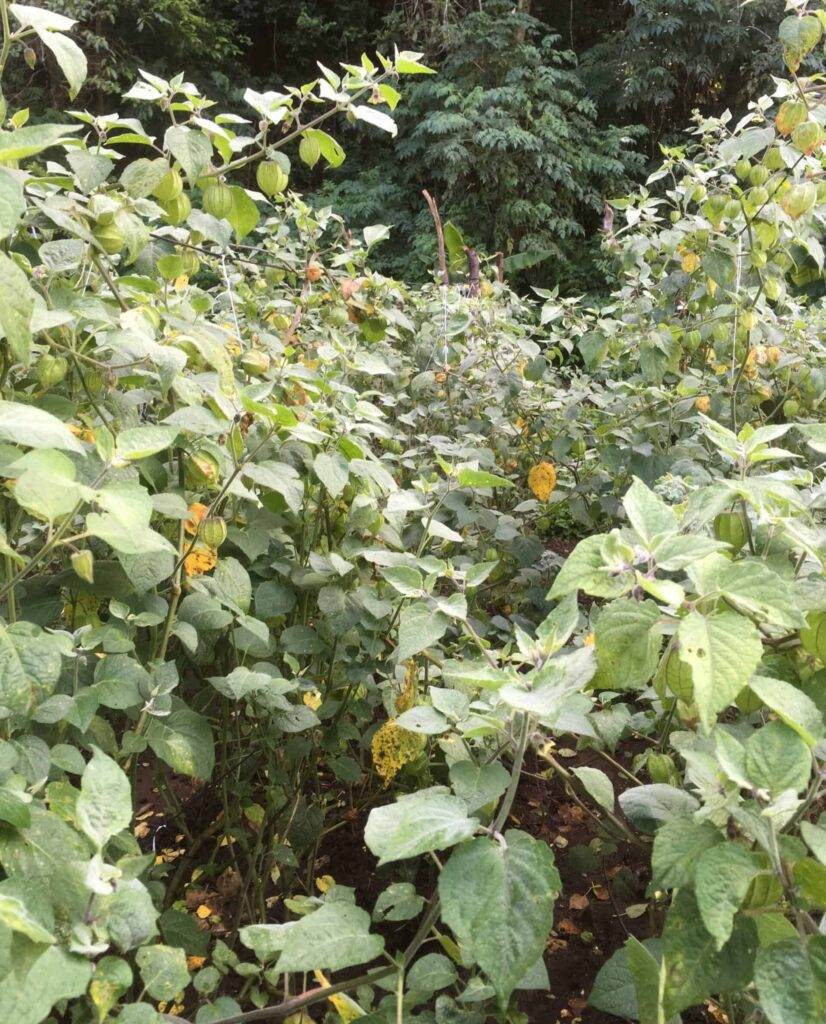
For those considering a serious production, you should plant in rows spaced at least 9 feet apart so you can have proper access between the rows once the plants are developed. Commercial producers also use string trellising to help support the plants and further train their growth.
You should consider that while Golden Berries are relatively tolerant, even small plantations as small as 1000 sq feet become exponentially more susceptible to pests and disease. This sort of cultivation requires strict management and ideal conditions to avoid issues of this sort.
Companion Planting
Hobby gardeners should consider companion planting with low growing herbs such as mint, oregano, and basil. In cool climates, you can also plant lettuce or cruciferous vegetables alongside golden berries with no problem. It may not be the best to plant alongside Tomatoes and other Solanaceae as this can promote the prevalence of pests.

Other Considerations
- Mulching with at least 3-4 inches of straw or wood chips can have several benefits for your plants. It will help regulate soil temperatures when temperatures get hot or cold. It also helps keep the soil moist which is of particular importance in areas with excessively well draining soils.
- In favorable climates, these plants can self seed and will germinate in your compost or other parts of the garden.
Maintenance
Once established these plants don’t require much care, especially if you’re not intensively cultivating them.
- Adding mulch as needed and a top dressing of compost every spring will help the plant stay vigorous.
- Remove dead/diseased foliage and stems. This will help prevent the prevalence of pests.
- The stems of these plants are relatively tender, so always be careful to not break them when you are working with or around the plants.
- Pruning is optional but may be beneficial in some circumstances.
- Like with any plant, if you are experiencing foliar diseases due to overcrowding it can be beneficial to prune them to improve airflow.
- Goldenberries take well to pruning, so don’t be afraid to cut them back as needed if the plants are getting too large.
- Cultivation manuals recommend removing the suckers like on tomatoes, but I never saw the need for this in my experience. This being said, it may be worthwhile in dense cultivation settings.
- Plants can be cut-back to the central stalk if they have slowed in production or are producing small berries. This can happen with older plants and it is often best to just start new plants from seed.
Harvesting and Use
In their ideal climate, Golden Berries can be harvested all year long, although there is usually a peak season. In the montane tropics, this usually occurs near the end of the dry season when there is ample sunlight. In more temperate climates this often occurs late spring or early summer.
Golden Berry fruits develop within papery husks that help protect the fruit. You may have seen this same phenomenon with the fruits of other close relatives known as Tomatillo (used for salsa verde in Mexican cuisine) or the ornamental Chinese Lanterns. While you can’t see the fruit directly, you know it is ready for harvesting once the husk has gone from a green color to a golden yellow color. Eventually if left unharvested this will turn into a brown color. To harvest, simply pluck the fruit directly from the plant. As long as it is ready it should come off easy with a simple tug.
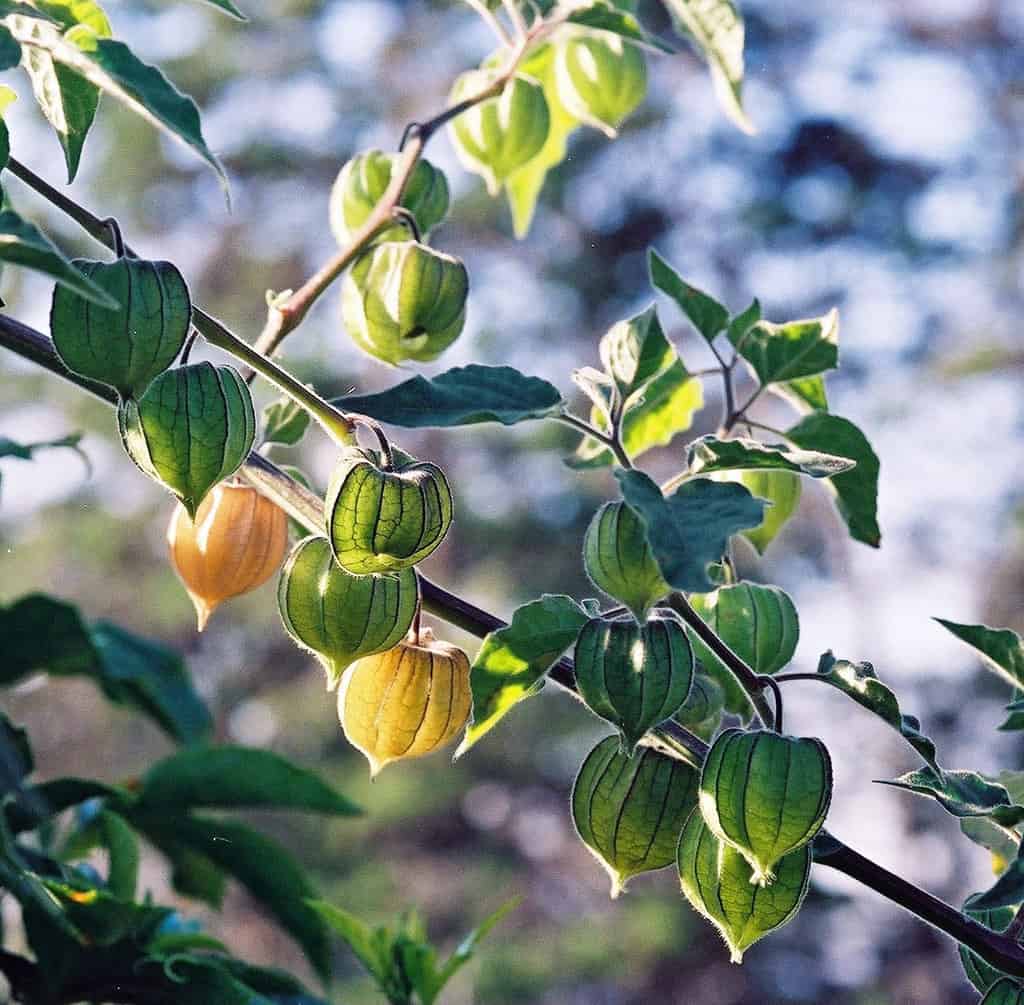

Golden Berries should be harvested once they have begun to ripen. If harvested too early these plants do not tend to ripen properly. Unripe berries are mildly toxic, similar to green tomatoes.
This being said, one of the great things about Golden Berry is that these fruits can stay ripe on the plant for several weeks with no problem. Because of this, there is no need to try and catch them at their perfect ripeness like in the case of Tomatoes. Their
These fruits even fall to the ground and stay completely fine within their husk for quite a while. It can be quite exciting to come across a forgotten plant, only to find a thick layer of berries covering the ground below them like mulch! Likewise, the fruits stay fine for up to 2 weeks after harvesting if left sitting in a well ventilated space. In refrigeration they last even longer.
While my favorite use for Golden Berry is eating them fresh off the plant in the garden, there are countless culinary possibilities out there. They can be added directly to salads, pizza, oats, and other sweet breakfast options. Alternatively, they can be processed into jams, chutneys, syrups, beverages, or almost any sweet you can think of.
One of the novel uses I discovered was Mexican style salsa, inspired by its close relative the Tomatillo. This is truly a spectacular way to use this fruit. Golden Berries are also commonly dried and make a delicious tangy raison like snack.
Pests, Disease, and Common Problems
I’ve grown this plant on various occasions in different climates and rarely experienced too many issues with pests or disease. From my experience, they are much more resilient than Tomatoes and other solanaceous plants. This being said, some pests can affect Golden Berry, particularly when planted in intensive cultivation.
Tobacco Budworm
These caterpillars are one of the biggest plagues that can disseminate the harvests of Golden Berry. From my experience, this is the only real pest with catastrophic consequences in terms of yield. While these won’t be a problem in small gardens, these can get out of control when there are many host plants in close proximity. These can be very difficult to control once they are established but some recommendations are as follows.
- Remove all potential host plants, especially Tobacco and other Solanaceae members, from the surroundings. They are quite adaptable so cutting back vegetation in the vicinity is also a good practice.
- Drastic removal of all developed/developing fruit. This can help curb the population.
- Bt has been shown to be effective against Tobacco Budworm.
- In worst case scenarios, you can cut all the plants back. Dispose of vegetation in a compost pile more than 500 feet in distance.
- There are various parasitoid wasps that attack this pest. While these cannot be cultivated, they may naturally help curb the population of budworms.
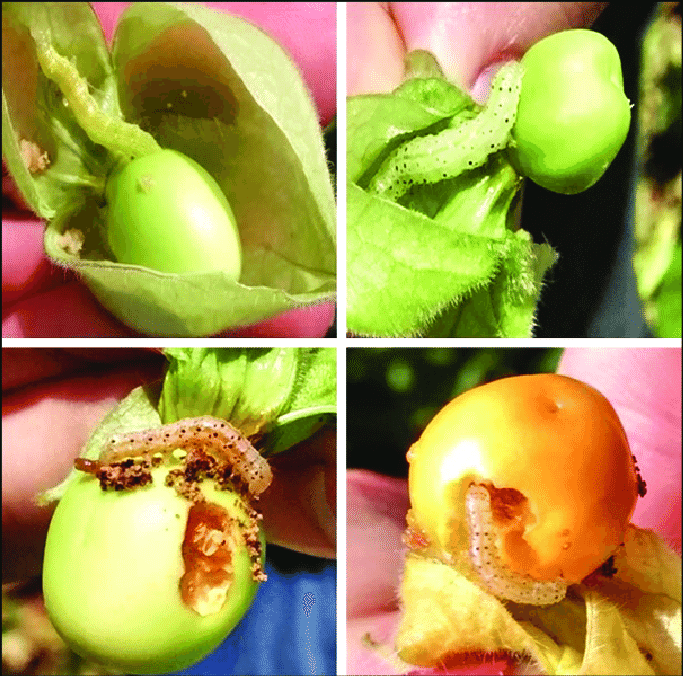
Mosaic Virus and Mottle Virus
These viruses manifest themselves on the leaf surface as a mild yellow discoloration between the veins. If you’ve ever seen them on Tomato or other Solanaceous plants then you will recognize it immediately. Unfortunately, there is not much you can do once plants are infected. With Physalis, it is not usually catastrophic but you may want to get rid of the plants using sanitary precautions to prevent the spread of the disease.
Other Foliar Diseases
A handful of fungi and bacteria affect the foliage of Golden Berry. There is really no use in mentioning them all because they more or less require the same treatments. This includes increasing sunlight and airflow within the plants. This may mean pruning your plants or the surrounding vegetation. Avoid overhead watering. The application of Trichoderma may help reduce the effects of fungal diseases like mildew. Some foliar diseases may also spread onto fruits and cause dark lesions.
Fruit Cracking
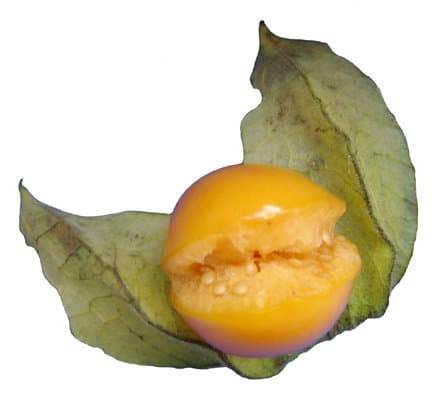
Fruit cracking is common in many different fruits and can be caused by various issues. This is often due to nutrient deficiencies in Ca or Mg. Organic fertilizers based on Ash or Egg shells may help remedy this issue. Otherwise, climatic extremes and drastic changes in temperature/humidity can also induce this issue.
Final Thoughts On Golden Berry
Golden Berries are marvelous plants to have in the garden. They are a special treat that you can eat fresh almost all year long. They don’t require much maintenance and grow best in less than favorable soils. Not to mention, their high levels of antioxidants make them a healthy addition to the diet that is worth cherishing.
As an added bonus, they are beautiful and add a unique element to any design! There’s no reason not to give this plant a chance, especially if you ever see the fruits in the market. Simply save a fruit for seed and you’ll have more propagation material than needed!

